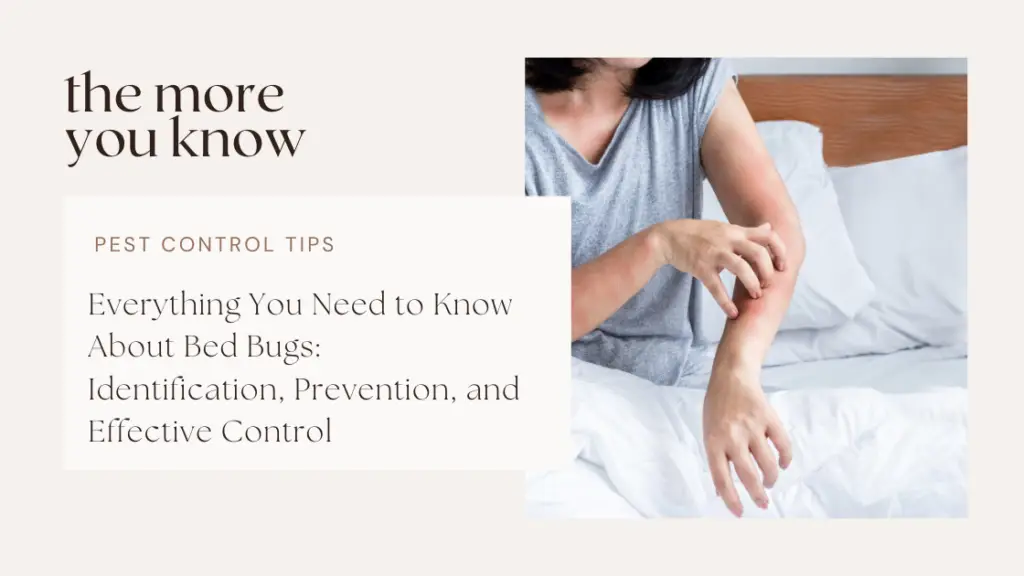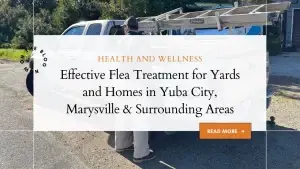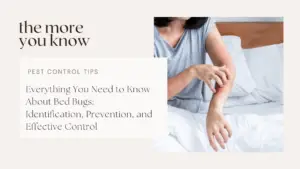What Do Bed Bugs Look Like?
One of the first steps to solving a bed bug problem is proper identification. Knowing what they look like will help you detect them early.
Adult bed bugs: Flat, oval-shaped, and reddish-brown, about the size of an apple seed.
Nymphs (young bed bugs): Smaller and lighter in color, often translucent.
Eggs: Tiny, white, and often found in clusters within cracks and crevices.
Tip: Bed bug bites can often be confused with other insect bites. Check for clusters of itchy, red welts on exposed skin.
Where Do Bed Bugs Come From?
Bed bugs are excellent hitchhikers and can travel on clothing, luggage, and used furniture. Common sources of bed bug infestations include:
– Hotels and motels
– Public transportation (buses, trains, taxis)
– Second-hand furniture and mattresses
– Dormitories and apartments
More info: Centers for Disease Control and Prevention: Bed Bugs
Where Do Bed Bugs Hide?
Understanding where bed bugs hide is crucial for effective inspection and treatment. Some common hiding spots include:
– Mattress seams and box springs
– Cracks in bed frames, walls, and headboards
– Carpets and upholstered furniture
– Electrical outlets and baseboards
Signs of a Bed Bug Infestation
Early detection can save you from a full-blown infestation. Look for the following signs:
– Bite marks: Often in a line or cluster pattern.
– Blood stains on sheets: Small, reddish stains from crushed bugs.
– Fecal spots: Dark or rust-colored spots on bedding or walls.
– Shed skins and eggshells: Left behind as bed bugs grow and molt.
How to Prevent Bed Bug Infestations
Prevention is always better than dealing with an infestation. Follow these tips to keep bed bugs out of your home:
Inspect hotel rooms: Check mattresses and furniture before unpacking.
Wash and dry clothes after travel: High heat can kill any hitchhiking bed bugs.
Avoid used furniture: If purchasing second-hand items, inspect them thoroughly.
Seal entry points: Fix cracks in walls and install covers on mattresses and box springs.
More info: Environmental Protection Agency: Bed Bug Prevention
Bed Bug Treatment Options
a. Heat Treatments
Heat treatments are among the most effective methods for eliminating bed bugs, especially in severe infestations. High temperatures kill bed bugs and their eggs without the need for harsh chemicals.
See: Why Heat Treatments for Bed Bugs Are Effective
b. DIY Treatments
1) If you discover bed bugs in your home, there are several treatment options available:
DIY Treatments Vacuuming: Regularly vacuum affected areas and dispose of the vacuum bag immediately.
Steam cleaning: High heat kills bed bugs and their eggs.
Diatomaceous earth: A natural powder that dehydrates and kills bed bugs.
2. Professional Extermination
Hiring a professional bed bug exterminator is often the most effective solution for severe infestations. Professionals may use chemical sprays, heat treatments, or a combination of methods to ensure complete elimination of bed bugs.
How Much Does Bed Bug Treatment Cost?
The cost of bed bug treatment can vary depending on the severity of the infestation and the method used. Here are general estimates:
Inspection fees: $50 – $200 (often waived if you hire them for treatment)
Chemical treatments: $300 – $1,000 per room
Heat treatments: $1,000 – $4,000 for whole-home treatments
Pro Tip: Cyrus Pest Control is the #1 bed bug solution in the nation. Fast, effective service available 24/7
FAQ: Common Questions About Bed Bugs
Bed bugs do not transmit diseases, but their bites can cause allergic reactions and secondary infections from scratching.
Depending on the severity, it can take weeks to months with consistent treatment.
DIY treatments can work for minor infestations, but professional extermination is often required for severe cases.
Conclusion
Bed bugs can be a nightmare to deal with, but with the right knowledge and preventive measures, you can protect your home and family. If you suspect an infestation, don’t wait—contact a professional exterminator to assess the situation and recommend effective treatment options.
Don’t forget to visit our dedicated Bed Bugs page for more details.
Contact us for a Bed Bug Inspection Today



